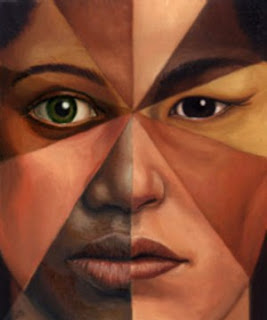Today in class we decided to discuss Charles Darwin's theory of evolution and natural selection. We were then sent off on our own to use primary sources to investigate these theories in practice. The Bradley Martin Ball provided one of the best examples for this. We were then given a list of links and questions from Mrs. Lawson to go along with the exercise. Just by clicking on the first
link I can tell that the ball was a big deal. The entire page is strictly about the ball and let me tell you, the article is long. The editors of the paper have assumed that the readers of this article are of a higher class. Thus, the reader understands the ball's importance and what a grand accomplishment it was/is. The perspective of the paper is just an outside looking in. It discusses the background behind the party up until the point of the party. A second
link took me to a completely different article regarding the ball. In this article, the ball is made out to be very lavish and beautiful. We are walked through the event from start to finish and not a bitter word was said regarding the party. From this article we can learn that of those who could "afford" to attend the ball, it was a night to remember. From a
third article we get the feeling that maybe the ball wasn't so lovely after all. The article focuses on a clergyman. In the article it is quite obvious that he views elaborate displays like this as inappropriate and against the moral beliefs set by the church. He also states that with parties like this it is easy for drama to be stirred up such as discontent and casting out the votes against the existing of social conditions. This article was most likely published to show those around him that a man of a higher standing doesn't agree with the practices of the higher classes and that "bigger" isn't always perfect.... From a fourth and
final article we are given an insiders view on the end of the ball. From this, we can learn that even then, looks were everything. A person had to be just the right size and spend just the right amount of money in preparation for the party in order to fit in. We also learn that people's sense of timing hasn't changed a bit and that they lack in the field of communication just as much as we do today.






